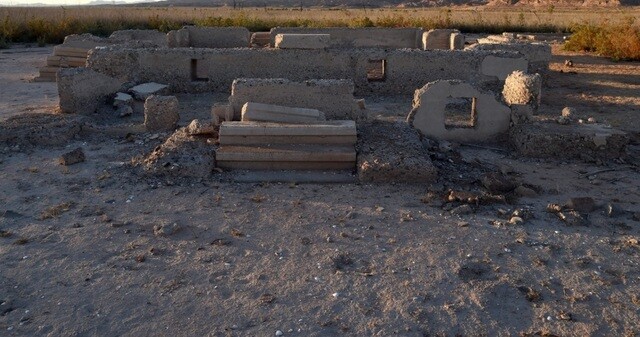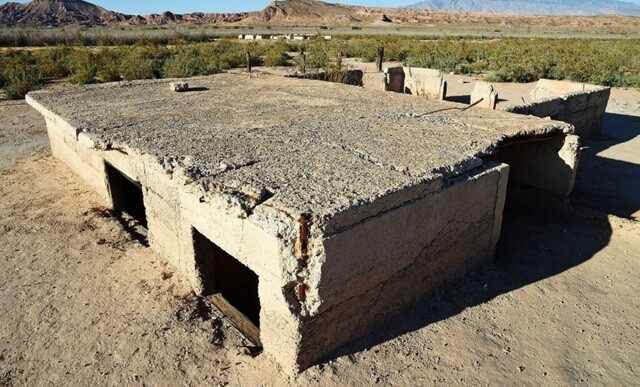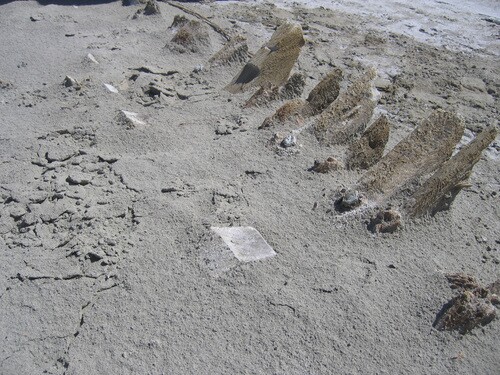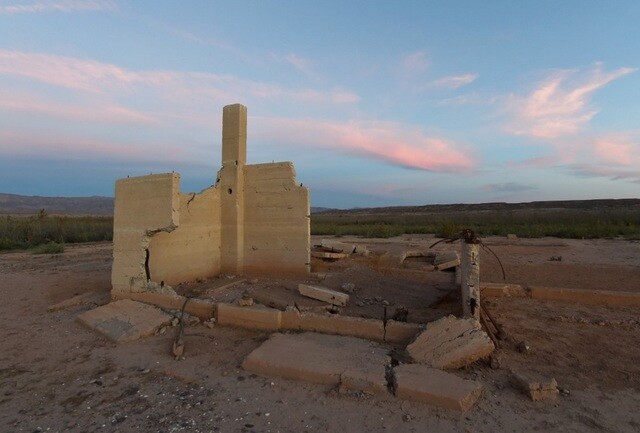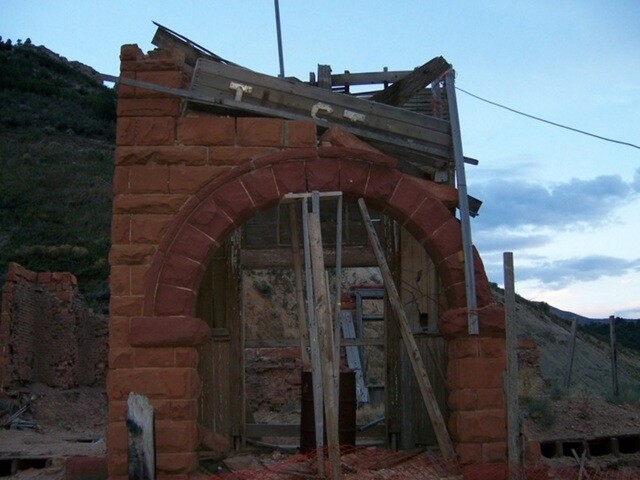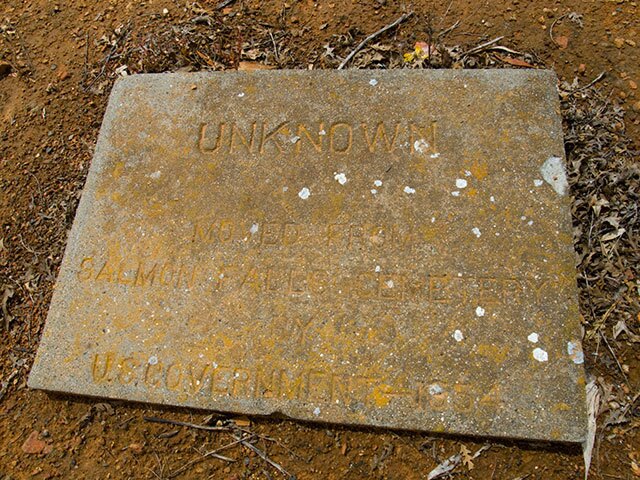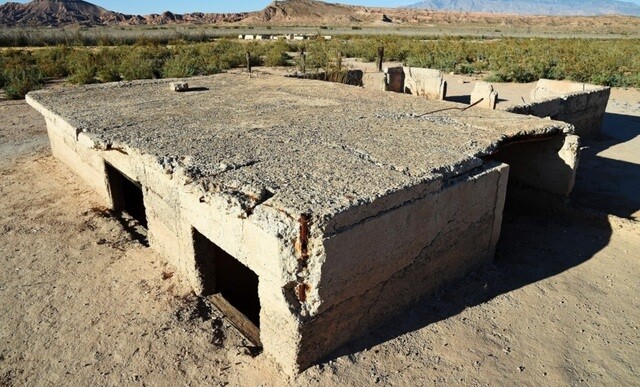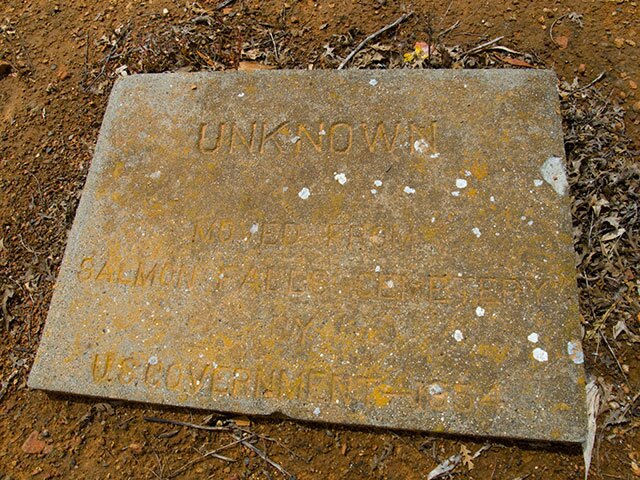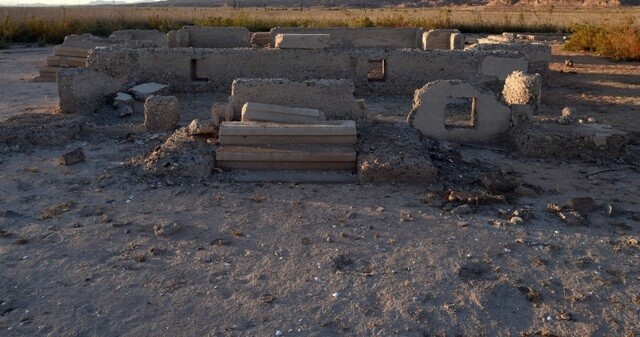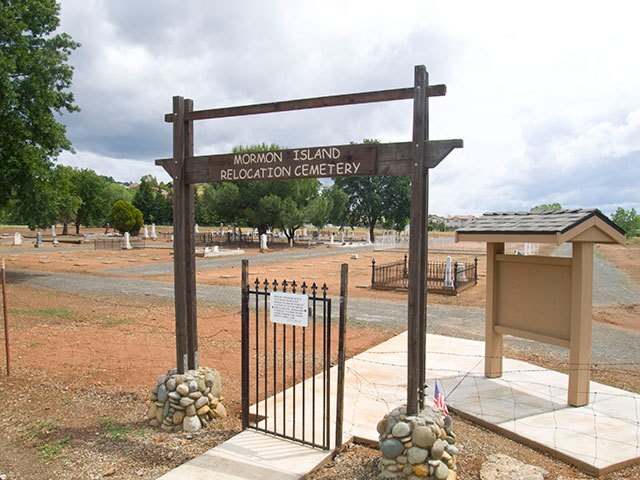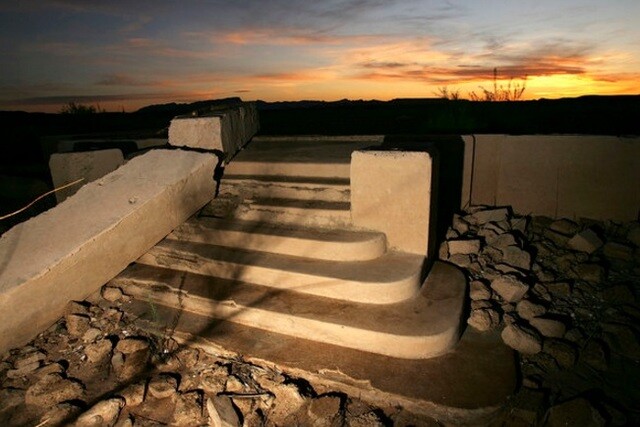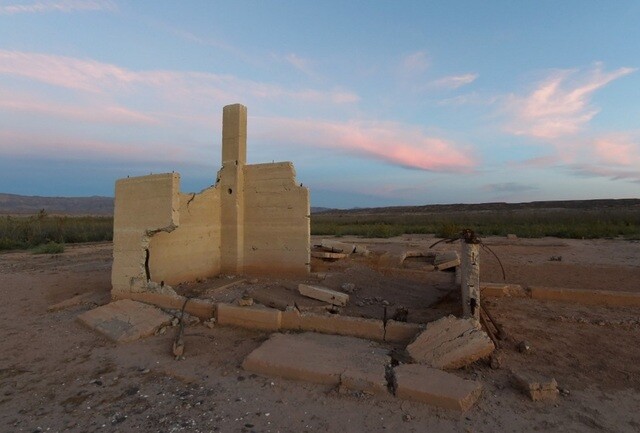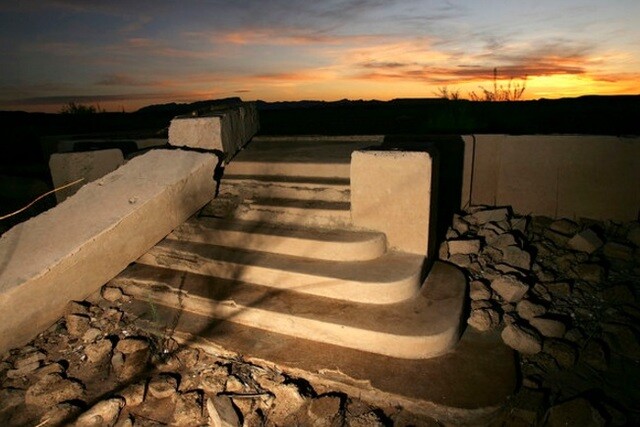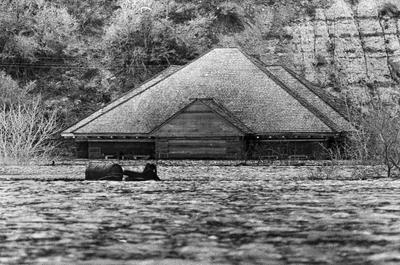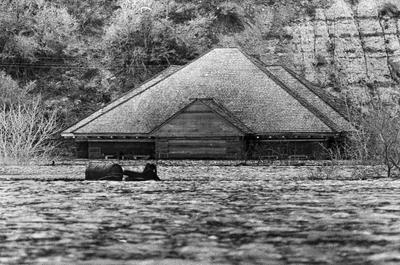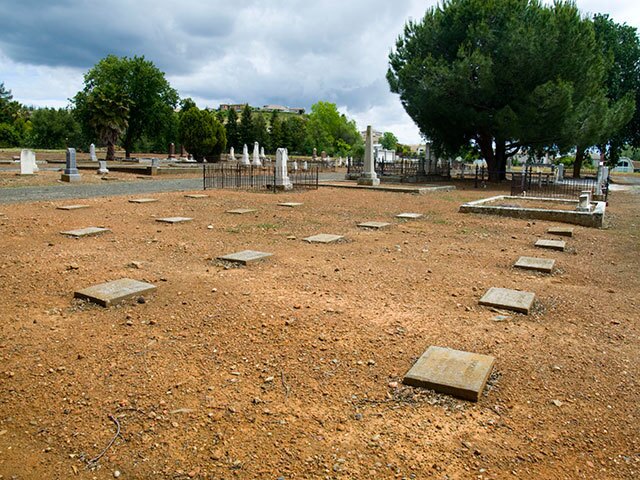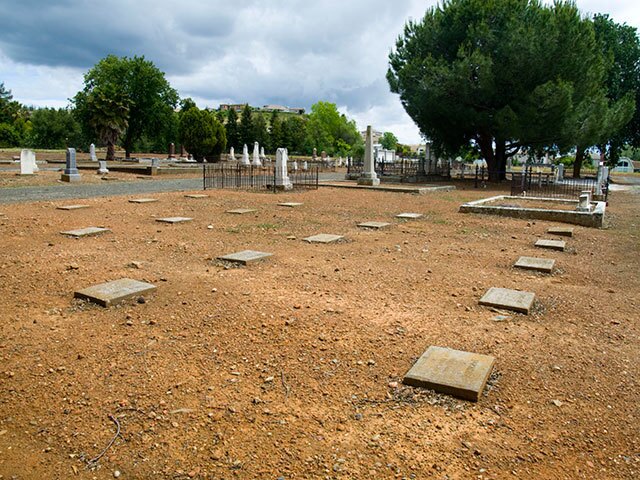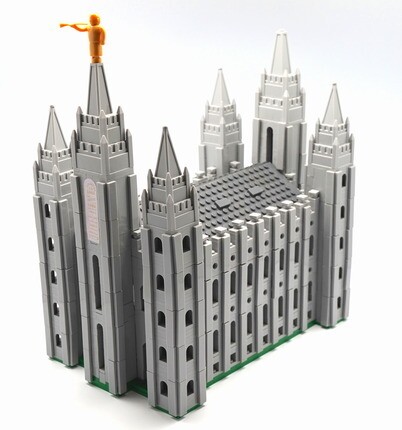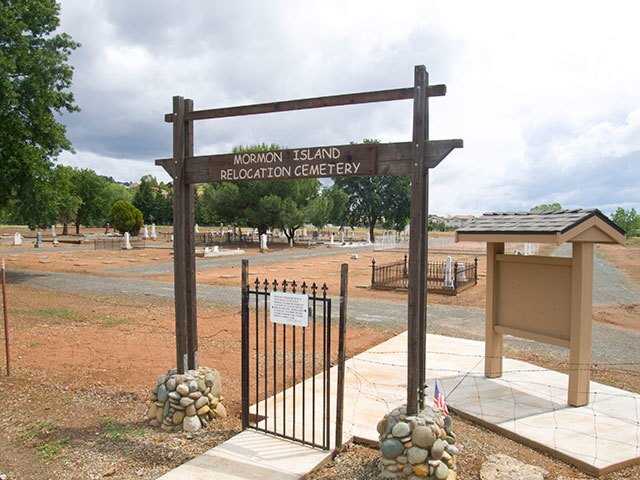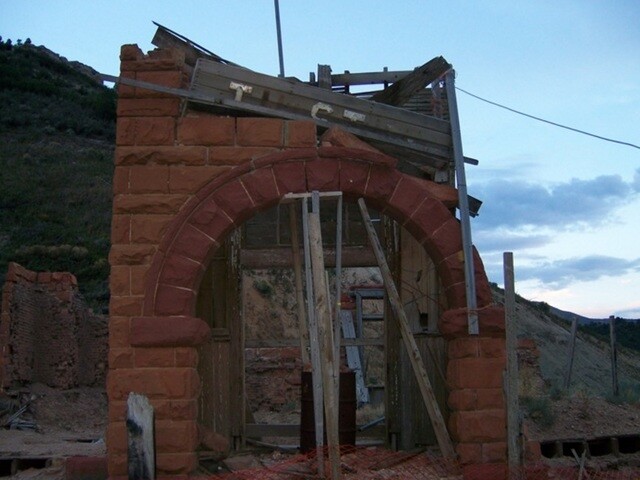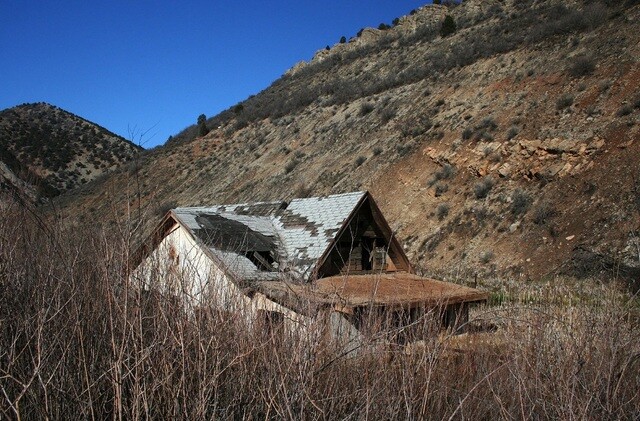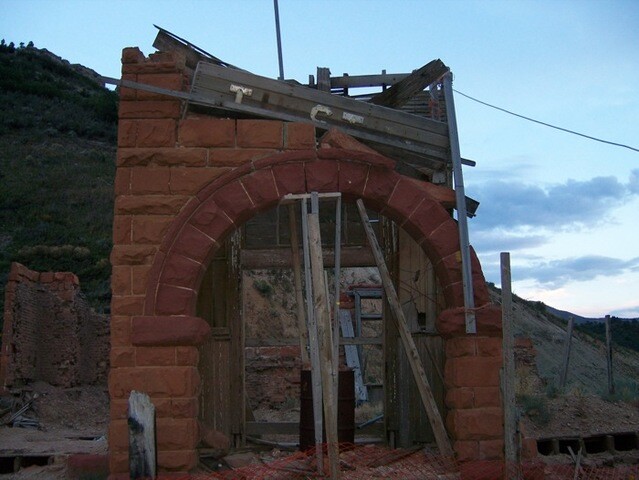While many ghost towns founded by Latter-day Saints have exciting histories, three Mormon ghost towns stand out from the rest. These ghost towns, once submerged by water, have only recently been uncovered, revealing new insights into the Saints that lived there.
Drought—it is something many desert dwellers fear, yet these dry spells often reveal interesting mysteries and treasures from the past. Including ghost towns.
Many ghost towns founded by Latter-day Saints have exciting histories, and some, like Grafton and Paria, have been used as movie sets (Butch Cassidy and the Sundance Kid, Buffalo Bill, and the Rat Pack's Sergeant 3). But three Mormon ghost towns stand out from the rest.
These ghost towns, once submerged by water, have only recently been uncovered, revealing new insights into the Saints that lived there.
Saint Thomas
Once covered by 60 feet of water, the ghost town of Saint Thomas, Nevada, only recently emerged from the depths of Lake Mead as the nation's largest reservoir receded during a long drought.
A small town home to around 500 people at its peak in the 1880s, Saint Thomas was originally settled by Mormon pioneers led by Thomas Smith in 1865.
The Saints abandoned the town just six years later, however, when a land survey revealed they were actually within the state boundaries of Nevada, not the Utah territory. Nevada officials demanded the pioneers pay five years of back taxes, but the Latter-day Saints, except for the Bonelli family, decided to abandon the settlement and burn their homes.
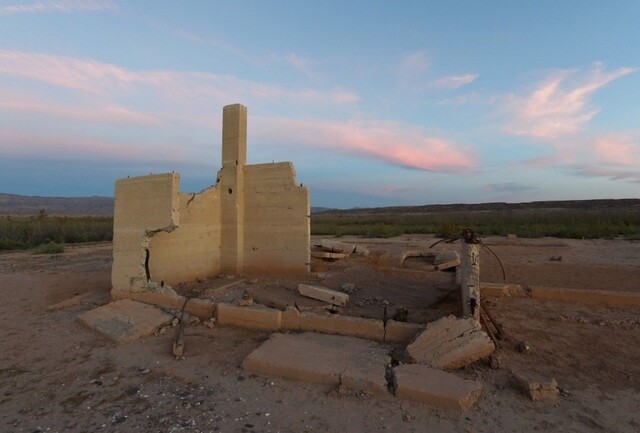
The remains of the ice cream parlor at Saint Thomas. Image by Ethan Miller from Getty Images.
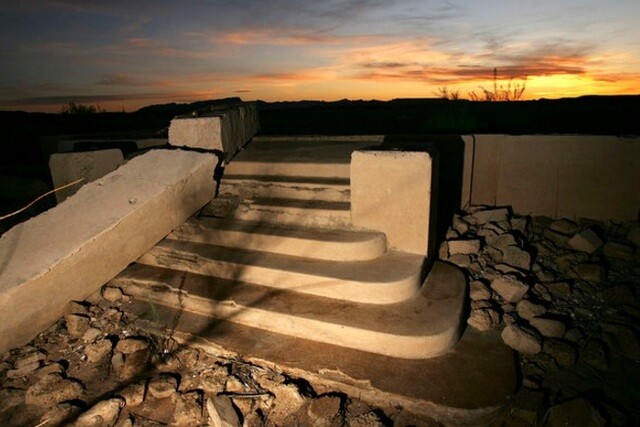
The ruins of a school in Saint Thomas. Image by David McNew from Getty Images.
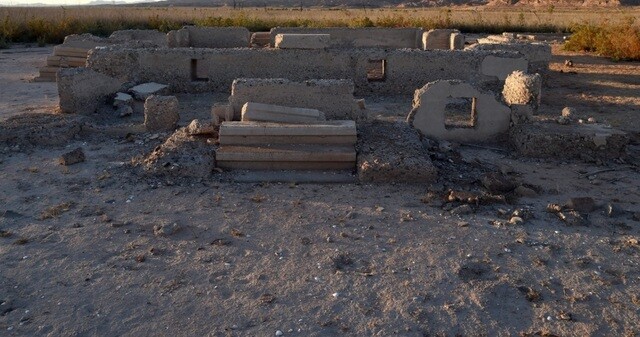
Foundations of buildings left from Saint Thomas. Image by Ethan Miller from Getty Images.
By the 1880s, however, other settlers came to build on what the Saints had left behind, constructing a school, post office, and ice cream parlor.
In 1928, President Calvin Coolidge signed a bill to create Hoover Dam, and the government bought the Saint Thomas residents' property since their town rested in the flood plane above the dam. By 1935, the waters of Lake Mead began lapping at the town, fully covering it for over 60 years until 2002, when it became exposed once more.
Thistle
As the first settlers in what would later become the town Thistle, the Pace family arrived in 1848 after a long trip from Nauvoo, Illinois, to the mountains of Utah. Five generations of the Pace family lived in the town before they were forced from their homes by a mudslide in 1983 that caused $200 million in damage.
From its founding, Thistle largely remained a ranching and farming town until 1878, when the first railroad came through the small town. After that, Thistle became an important crossroad with some 600 residents in 1917.
As time wore on and highways were built, the population of the town gradually dwindled until 1983, when the entire town was destroyed and evacuated.
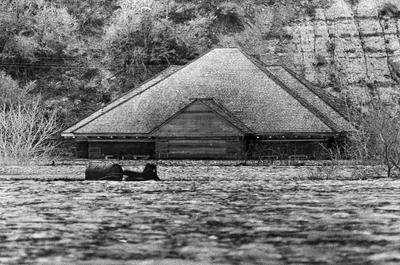
A building in Thistle as the flood waters rose, destroying the town. Image from Deseret News archives.
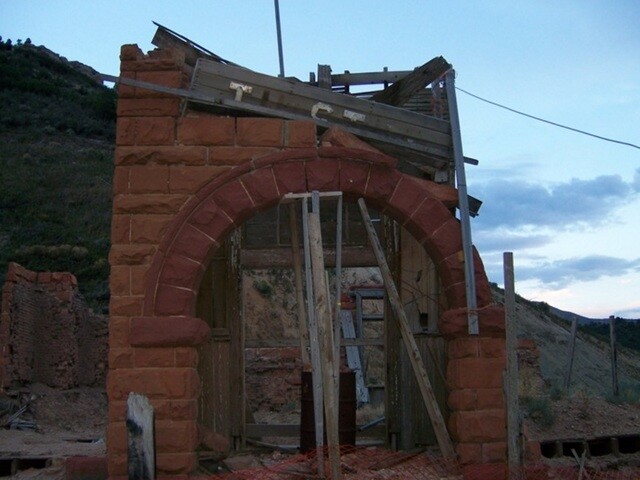
Ruins of the Thistle school house. Images by Jenny Bauman from Wikimedia Commons.
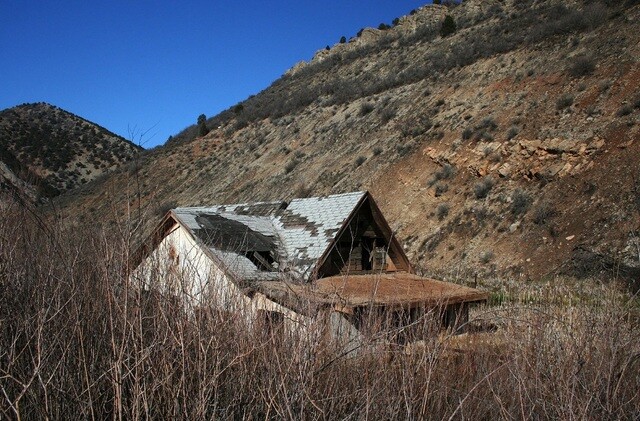
A building that survived the flooding in Thistle. Image by Drewe Zanki from Wikimedia Commons.
The heavy rain and fast-melting spring snow turned the hills of the Spanish Fork Canyon above Thistle into a mass of moving mud. Soon the mud plugged the narrow canyon floor, creating a 220-foot-high wall and a lake that drowned the town of Thistle.
Though the water eventually drained and the state built a dam upstream of the town, Thistle has remained abandoned ever since.
Mormon Island
Mormon Island was never an island. Once upon a time, it was a 300-foot sand bar found at a fork of the American River.
But, when recently discharged members of the Mormon Battalion discovered gold along the river in the midst of the California Gold Rush, a busy town blossomed along its banks.
News of the discovery traveled fast, and by 1853 the town had 2,500 people, one school, three dry good stores, four hotels, five general stores, and seven saloons.
The town lasted for over a century despite a fire, diminishing gold, and a railroad route that bypassed the town, leading to a dwindling population until 1955, when the Folsom Dam plunged the town beneath a lake.
The only testaments to the town and the people who lived there are hunched gravestones at the Mormon Island Cemetery near the shores of the lake. The remains beneath these graves were exhumed from cemeteries throughout the Folsom Lake flood area.
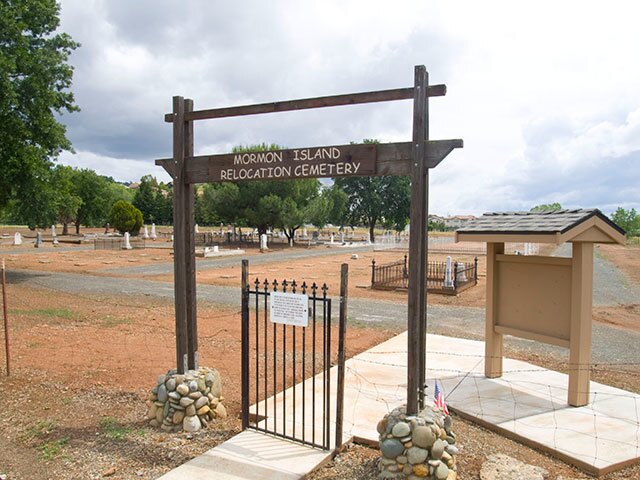
The Mormon Island Relocation Cemetery. Image by Bradley fromindybay.org.
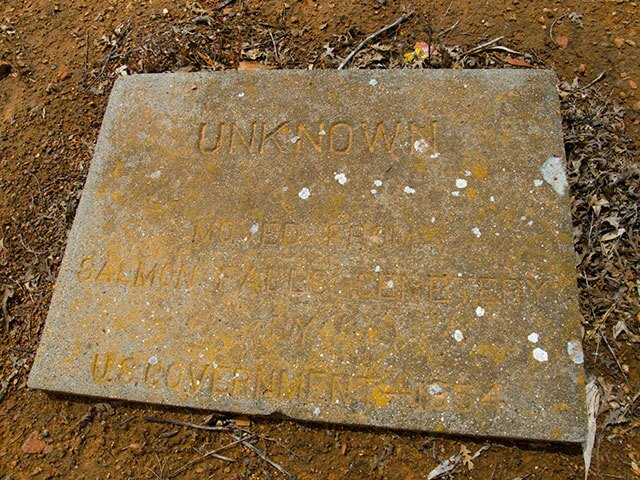
An unknown grave in Mormon Island Relocation Cemetery. Image by Bradley fromindybay.org.
Despite the heart of the town remaining 90 feet under water, in 2007 during a long drought, ruins along the outskirts of the town began to emerge. Now, during very dry summers when the lake recedes, people can see the remains of this historic Mormon Island.
In fact, just this year a bridge on Mormon Island, the Old Salmon bridge
Bonus: Brigham Young's Ship?
In 2014, when the shores of the Great Salt Lake shrank as the lake plunged to its lowest levels since 1963, many panicked about these dropping levels. But the harbor master of the Great Salt Lake State Marina, Dave Shearer, was excited.
He saw the drought as an opportunity and set out to discover hidden shipwrecks of boats owned by famous pioneers such as Kit Carson, John C. Fremont.
One ship he discovered may have had an unexpected owner, however—Brigham Young.
In 1854 Brigham Young ordered a ship built, to carry cattle to and from Antelope Island. "The Timely Gull, which was reportedly designed to be powered by horses on a treadmill, was later outfitted as a sailboat," theSalt Lake Tribune reports.
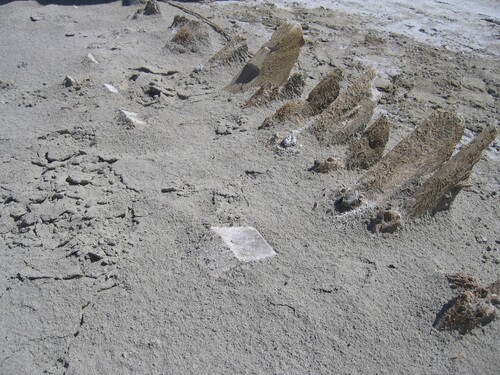
An old shipwreck from the Great Salt Lake, possibly that of the Timely Gull. Image by Dave Shearer retrieved from the Salt Lake Tribune.
But during a storm in 1858, the boat broke free of its moorings and floated to the south end of Antelope Island before sinking beneath the lake.
Shearer discovered remains of a ship—skeletal-like remains that look more like a spine and vertebrae made of wood—that he believes to be the wreckage of the Timely Gull. But historians say that though the wreckage looks consistent with those of the Timely Gull, there's no way to know for sure until an expensive and extensive excavation is done.
